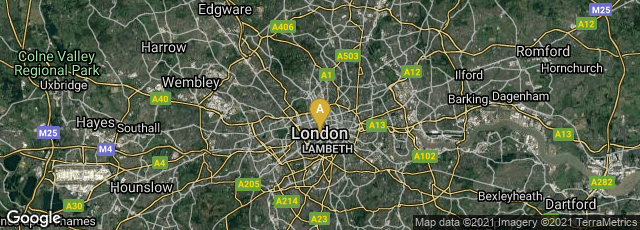

A: London, England, United Kingdom
One of the distinctive aspects of the transition from manuscript copying to print that took place in the second half of the fifteenth century was that once the complete Bible had been printed by movable type it is generally understood that this very long text was, with perhaps a few exceptions, no longer copied out by hand by professional scribes in its entirety, as had been done in the centuries before the invention of printing. Instead there was a steady stream of printed editions which were apparently able to meet the demand for Bibles at lower cost than manuscript copies.
Ironically, during transition presently under way from print to digital information, manuscript copying of the complete Bible text has been revived in a few instances, most notably the professionally written and illuminated St. John's Bible, and the social media production of The Methodists' Handwritten Bible, created by tens of thousands of people across Britain and Northern Ireland, which went online on August 11, 2011:
"The Handwritten Bible contains 7,000 pages of text and illustrations transcribed by people from every part of Britain and further afield. More than 30,000 volunteers joined in from across communities - including prisons, schools, colleges, libraries, nursing homes, airports and shopping centres - to copy the whole of the NRSV translation of the Bible after Methodists voted to transcribe the Scripture at their Conference in Portsmouth last year. . .
"As part of the 400th anniversary of the King James Bible, people were invited to join Methodists in handwriting verses from the Scripture. Verses have been written in English, Chinese, Welsh and Braille with accompanying illustrations."